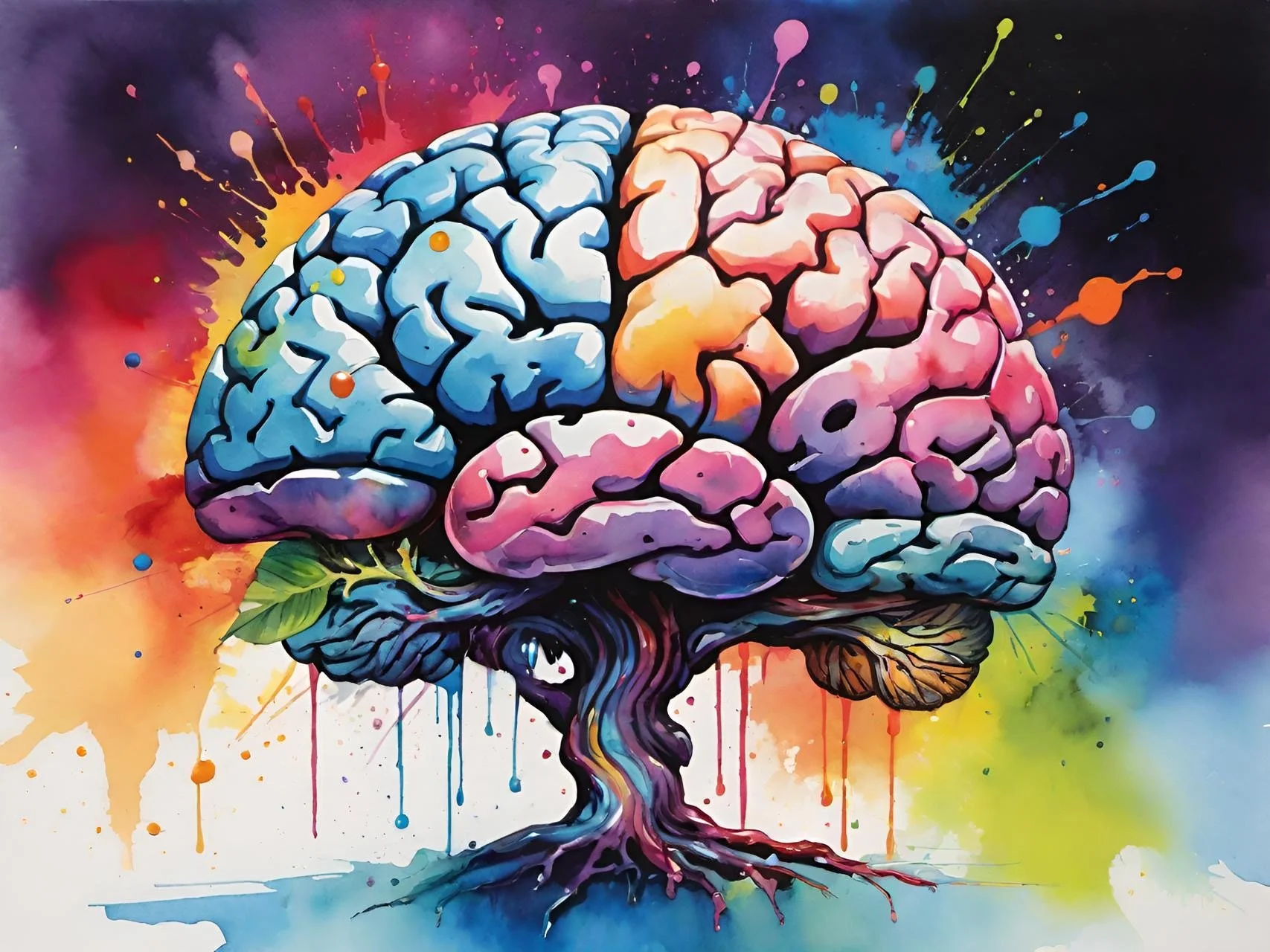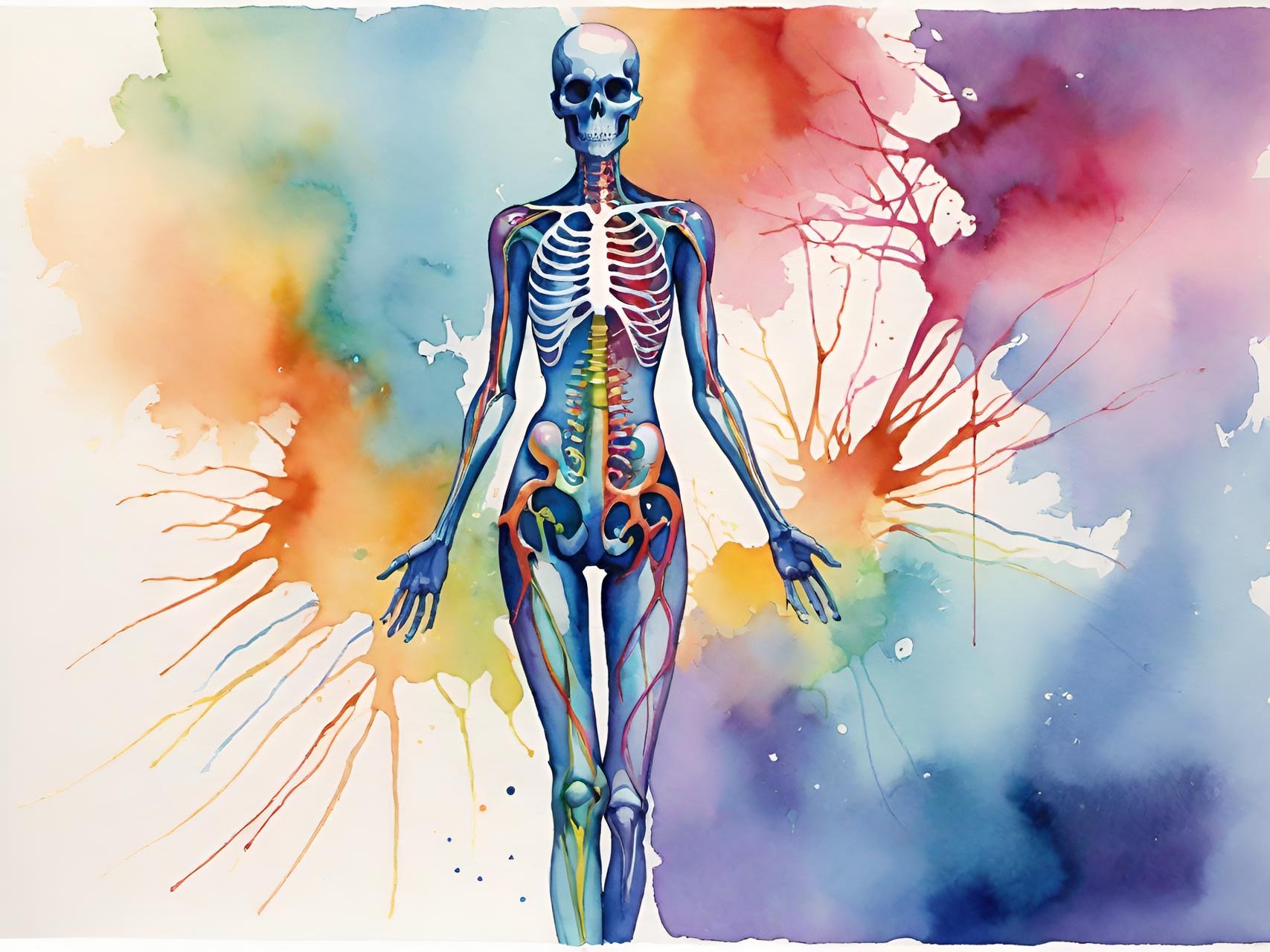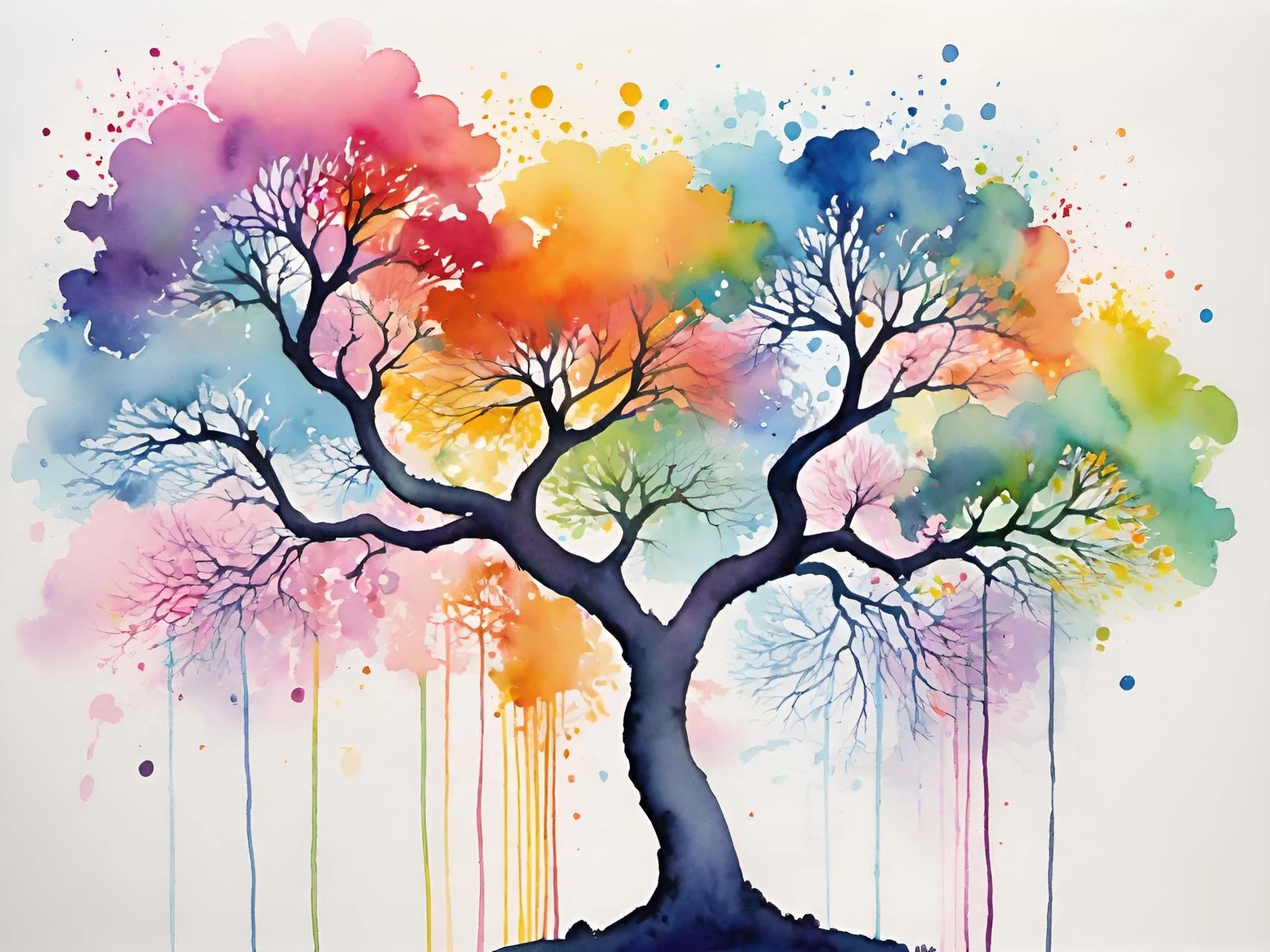Part II in a 3-Part Series on Capacity, Crisis, and Sacred Survival
If Part I was about naming the lie — the myth of constant capacity — this one is about backing it up. Not just with lived truth, but with the body. With the brain. With what actually happens in our systems when life doesn’t let up. Because you don’t need more guilt. You need grounded clarity that says: what you’re feeling makes sense. What you’re carrying is real. And what your body is doing? That’s wisdom. Not weakness.
When we live in extended states of trauma or crisis — whether personal, political, or planetary — our brains change. Literally. The prefrontal cortex, responsible for focus, planning, memory, and decision-making, begins to shrink under long-term stress. This isn’t a failure of willpower. It’s your nervous system rerouting energy — from long-term strategy to short-term survival.
The result? Foggy thinking. Trouble planning. Decision fatigue. A sense of disorientation or even shame around “why can’t I just figure this out?” But these are not character flaws. They’re structural adaptations. Your brain is doing what it must to protect you — even if it disrupts your ability to “function” the way capitalism expects you to.
We hear a lot about neuroplasticity — your brain’s ability to rewire and reshape itself. But under trauma, that rewiring often reinforces survival-first patterns: hypervigilance, emotional reactivity, shutdown. You become more attuned to danger, less attuned to joy. You may feel numb. You may feel like you’re “losing” yourself — your clarity, creativity, your sparkle — and yet your brain is doing exactly what it’s been trained to do. Keep you alive.
So if you’ve been wondering why you can’t access your old rhythms… why your capacity feels so diminished… why your body reacts even when you’re “safe” again — this is why. This is what adaptation looks like under pressure. It’s not you being dramatic or undisciplined. It’s the result of years of living in a nervous system that hasn’t been able to fully exhale.
Allostatic load is the cumulative burden your body carries from sustained activation of the stress response. It’s not just “feeling stressed.” It’s the internal cost of staying alert, holding it all together, suppressing panic, and pushing through.
This burden isn’t abstract — it impacts nearly every system in your body: immune function, hormones, sleep, digestion, memory. It’s what makes your body ache even when you’ve barely moved. It’s why you get sick after finally taking a break. It’s why “I should be fine” never matches what your body is actually telling you.
And we need to be clear: this load isn’t evenly distributed. If you’re racialized, disabled, trans, chronically ill, neurodivergent, poor, or living at the intersection of multiple marginalizations — your baseline stress isn’t just “high,” it’s historic.
Your body is carrying not only what happened last week, but what systems have asked you to survive for years. Generational trauma. Medical gaslighting. Police violence. Structural neglect. These don’t just shape your worldview. They shape your nervous system.
That is allostatic load, too. And it’s why so many of us feel like we’re breaking — when what we’re actually doing is bending under the weight of what was never meant to be carried alone.
The human nervous system is not designed for continuous crisis. It was built to survive short bursts of danger — like outrunning a predator — followed by recovery. What we’re living in now? Constant escalation. Climate grief, global war, genocide in real time. Systemic violence on loop. Survival in an attention economy. There is no off-switch.
And so our bodies get stuck. Fight. Flight. Freeze. Fawn. Sometimes all at once. Your scrolling triggers stress hormones. Your inbox simulates threat. Even rest gets hijacked by guilt and internalized pressure to be doing more.
This is why it’s hard to truly rest. Why your sleep isn’t restoring you. Why even a slow day still feels like too much. Because your system isn’t lazy. It’s overwhelmed.
We often call this burnout. And while that word holds truth, it doesn’t tell the whole story. Burnout implies something reversible with enough self-care — a bath, a weekend off, a better morning routine. But this? This is a full-system response to living in constant collapse. This is trauma. And no planner or affirmation is going to unwind that overnight.
This isn’t about fixing your output. It’s about naming your reality. You are not failing because you can’t bounce back. You are responding — wisely, deeply, biologically — to circumstances that are unsustainable. That’s not dysfunction. That’s adaptation. And adaptation is sacred.
There are no magic hacks. But there are ways to tend — slowly, gently — to what your body is already trying to tell you.
Reduce input. Unfollow. Mute. Unsubscribe. Take a day off the feed.
Cycle your output. Everything doesn’t have to happen today. Or this week.
Honour your pace. Slow isn’t weak. It’s wise.
Tend the physical. Water, minerals, rest, food, sunlight.
Name the context. “This isn’t personal failure. This is system response.”
No pressure. No performance. Just one small, sacred act of support for your system at a time.
In Part III, we’ll explore how to re-pattern — how to rebuild life and rhythm in a way that holds what’s real. Not by striving for balance, but by listening to your body. We’ll talk spiral strategies. Nervous system rituals. Ways of honouring your truth — even if the world doesn’t make room for it yet.
You’re not broken. You’re adapting. And your adaptation is not a detour from healing — it is healing.





